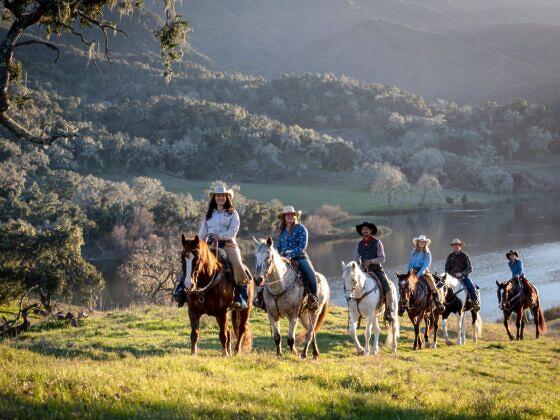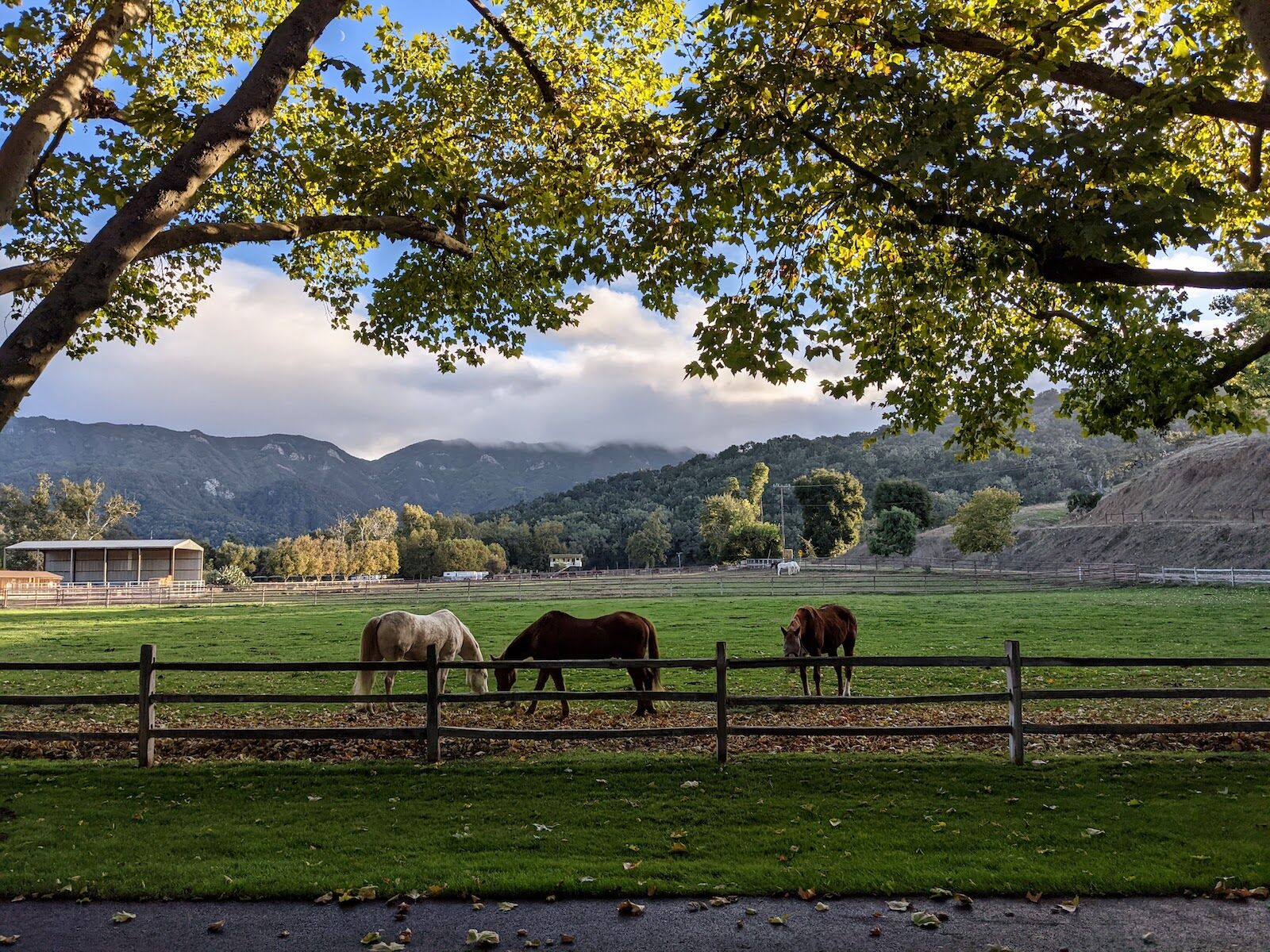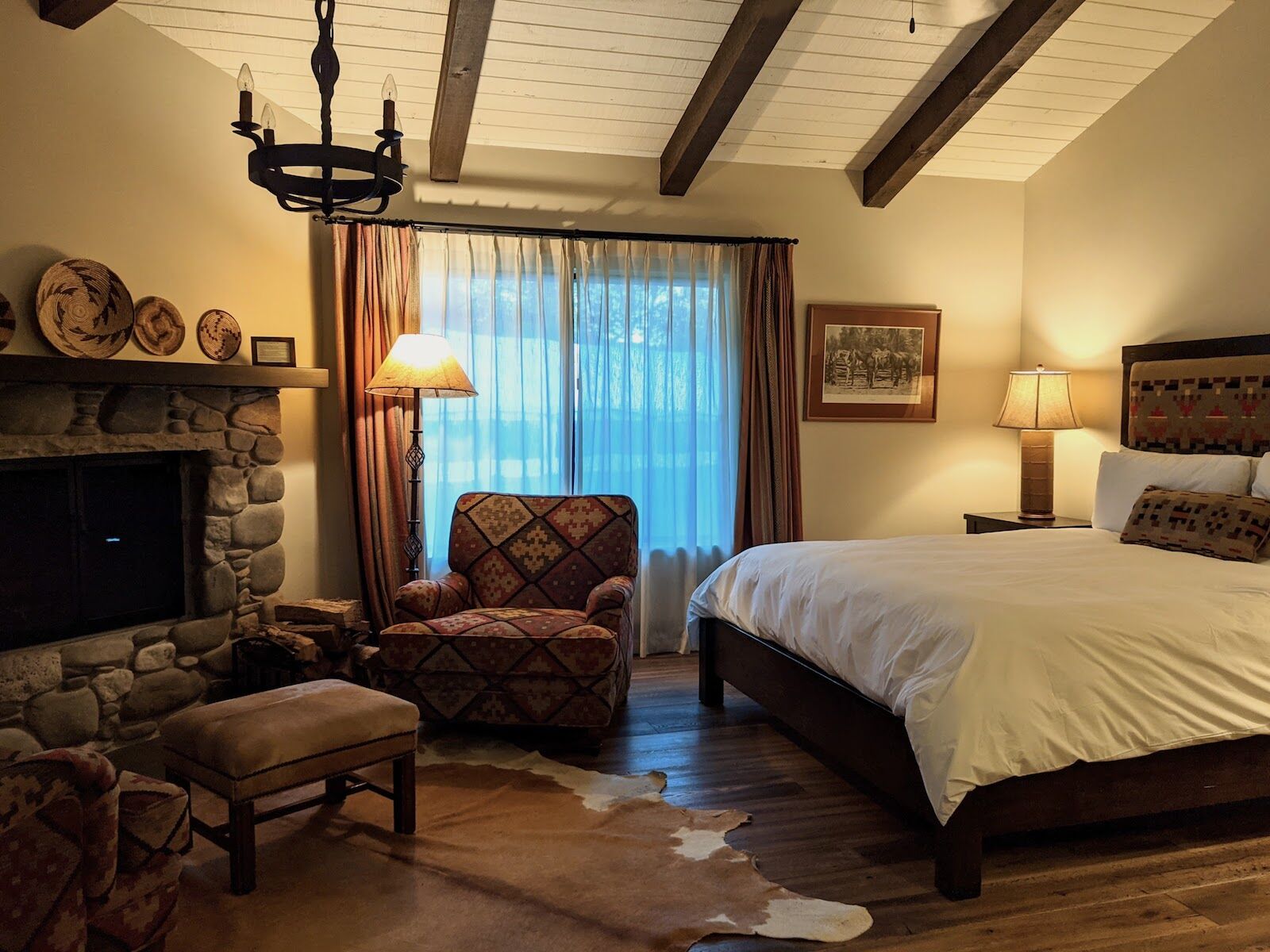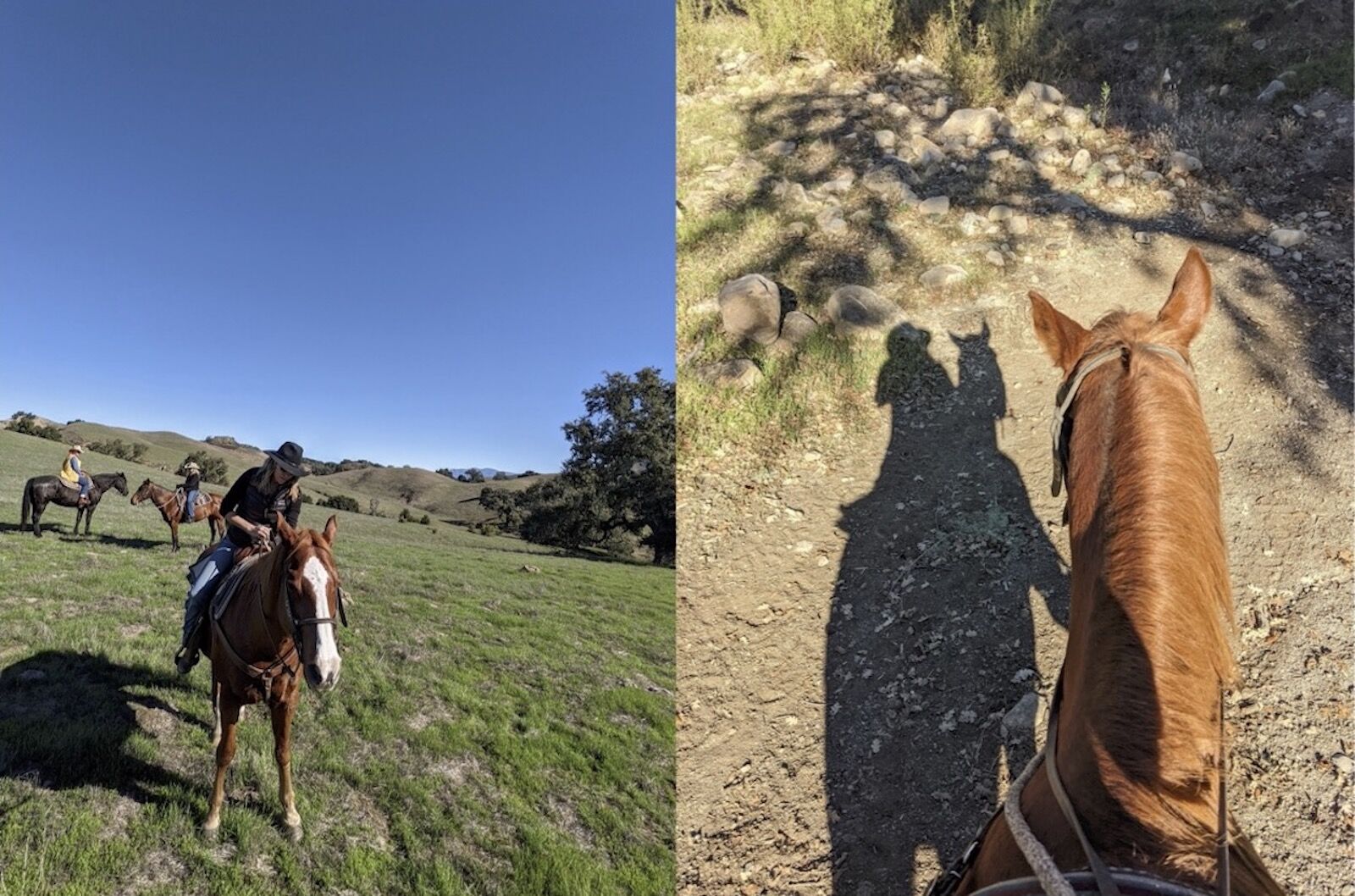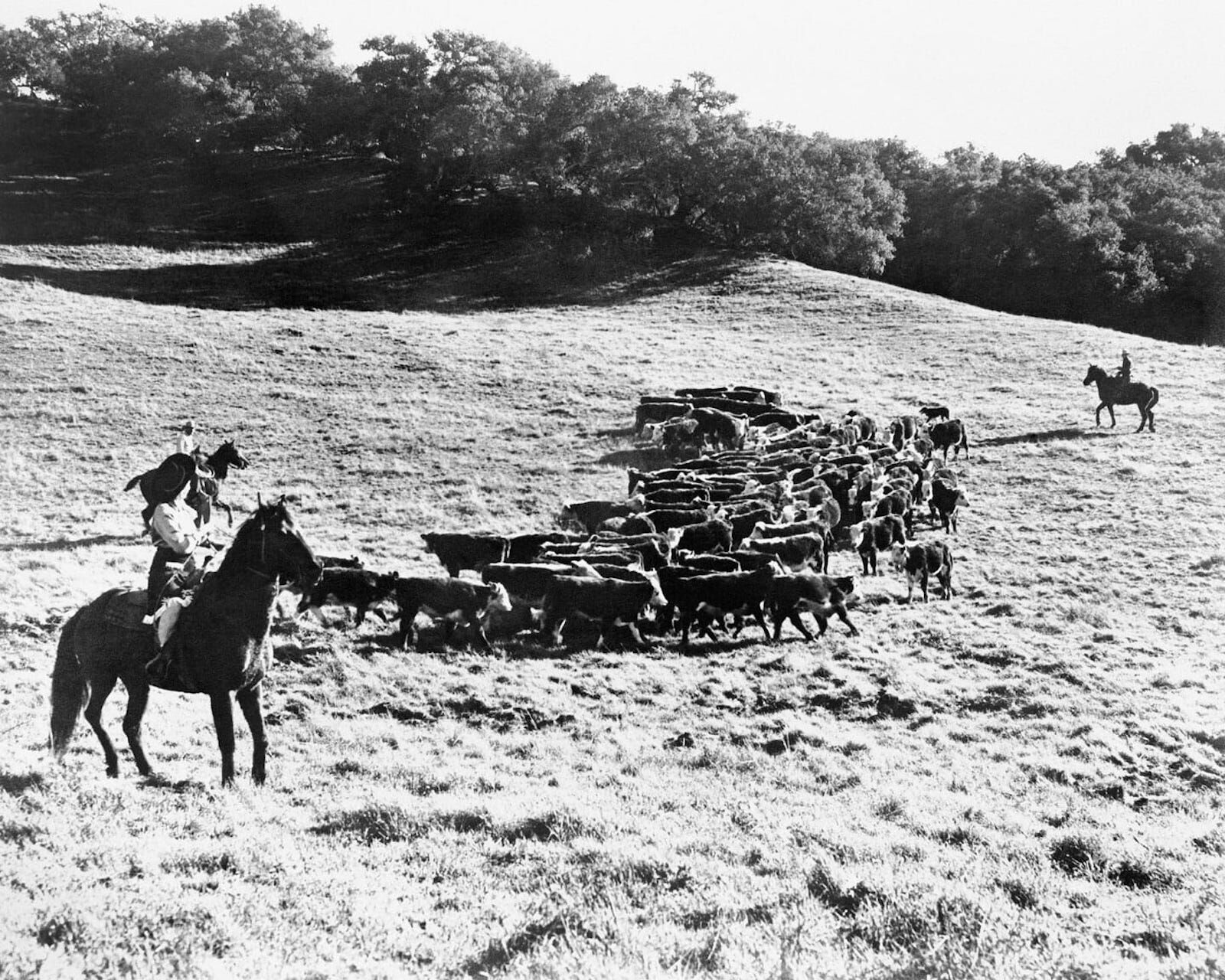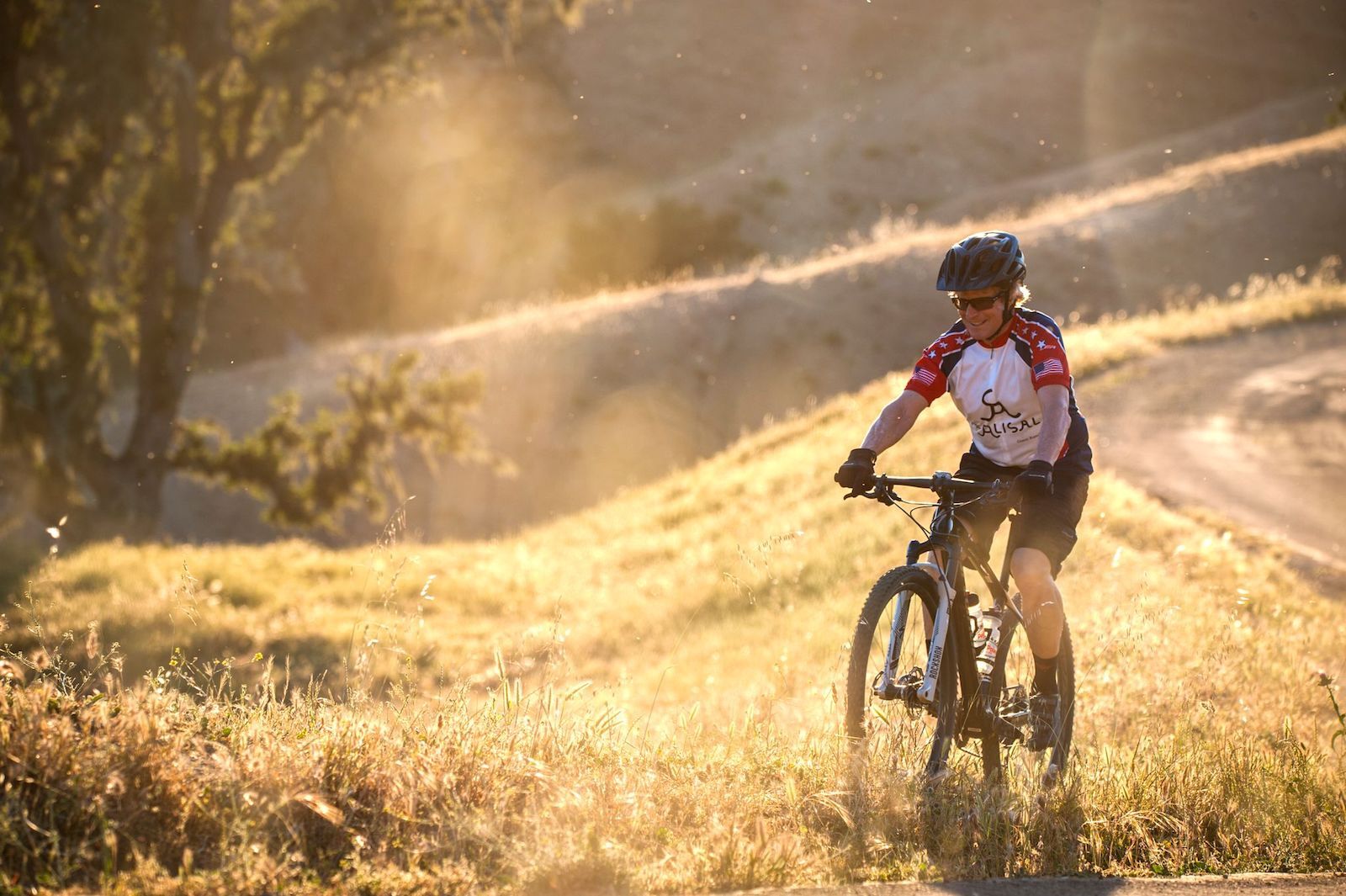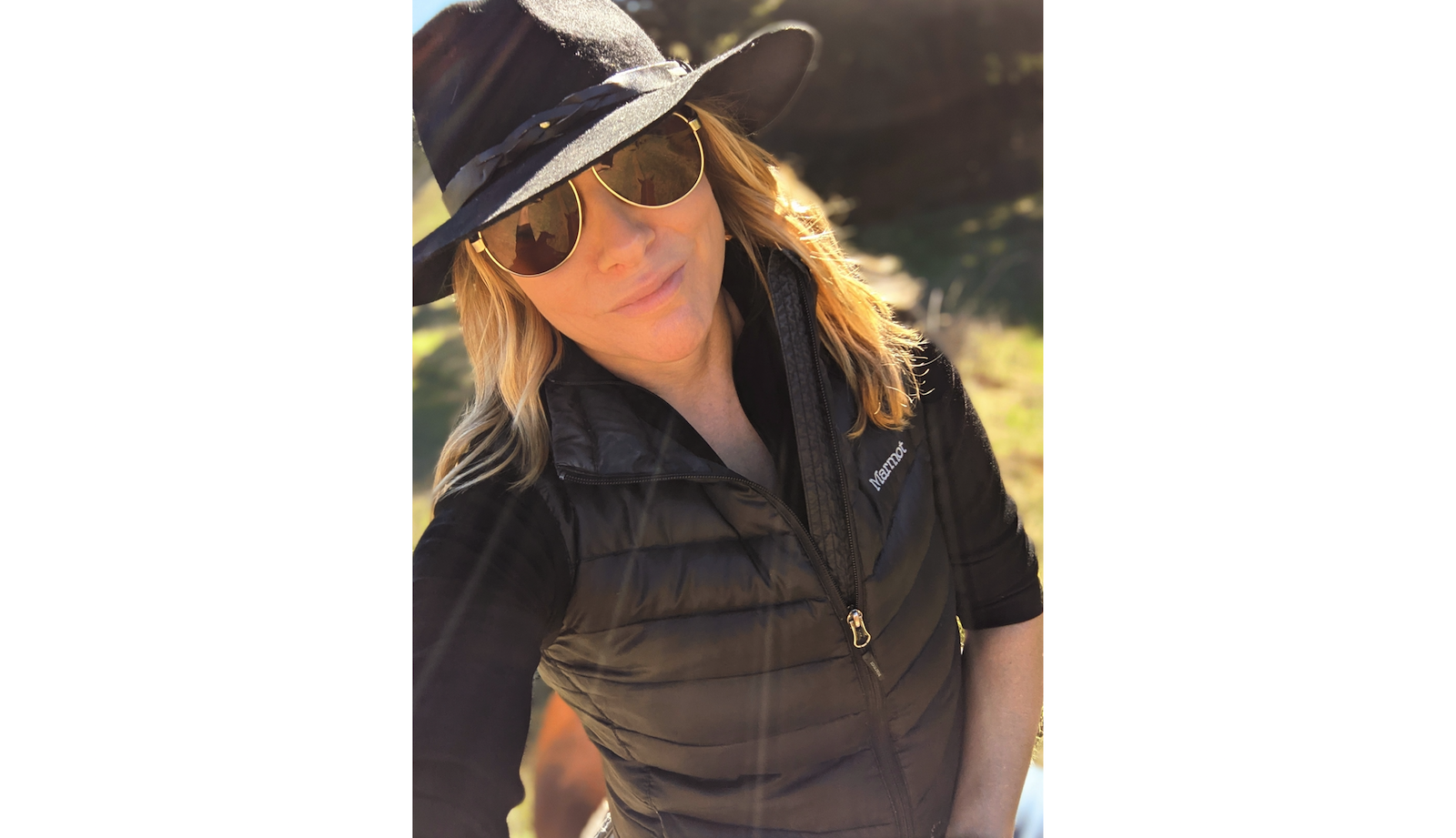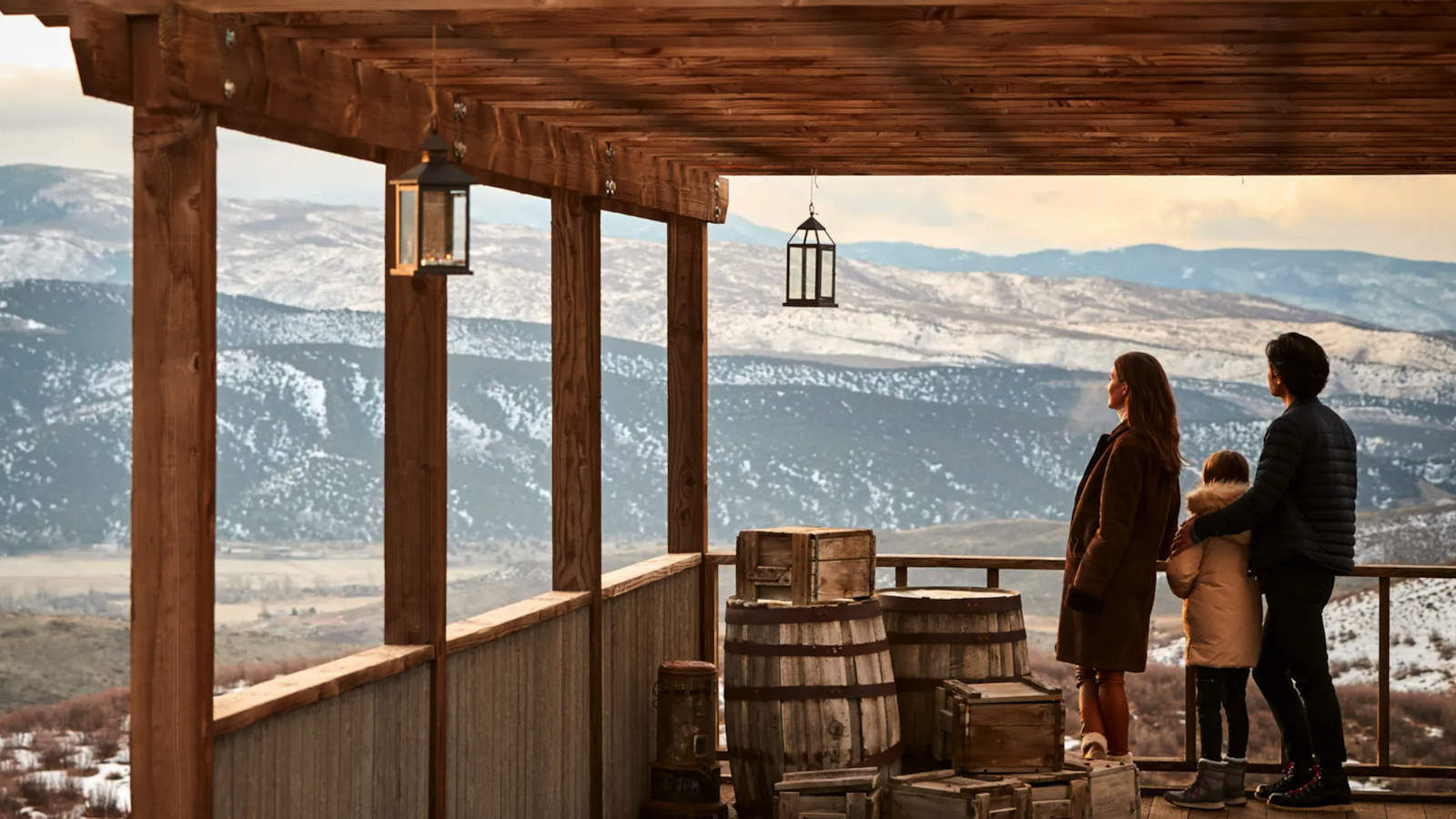Think of a dude ranch as the original western vacation. Steeped in Old West history and traditions, at California dude ranches, you can saddle up your pony to ride out against the backdrop of big skies in the morning and share stories beside the campfire at night.
For many, the feel-good factor of being around horses adds to the appeal, but you don’t have to be an experienced rider to spend time at a California dude ranch. Most ranches have children’s programs and cater as equally to beginners and novices as they do experts. But all dude ranches in California, Colorado, Wyoming, and other western states offer the opportunity to get outside and reconnect with nature.
So when I got the chance to visit Alisal Ranch in central California’s wine country, I happily dusted off my old wranglers and cowboy boots and jumped in the car to get my ranch-life fix for a couple of days.
